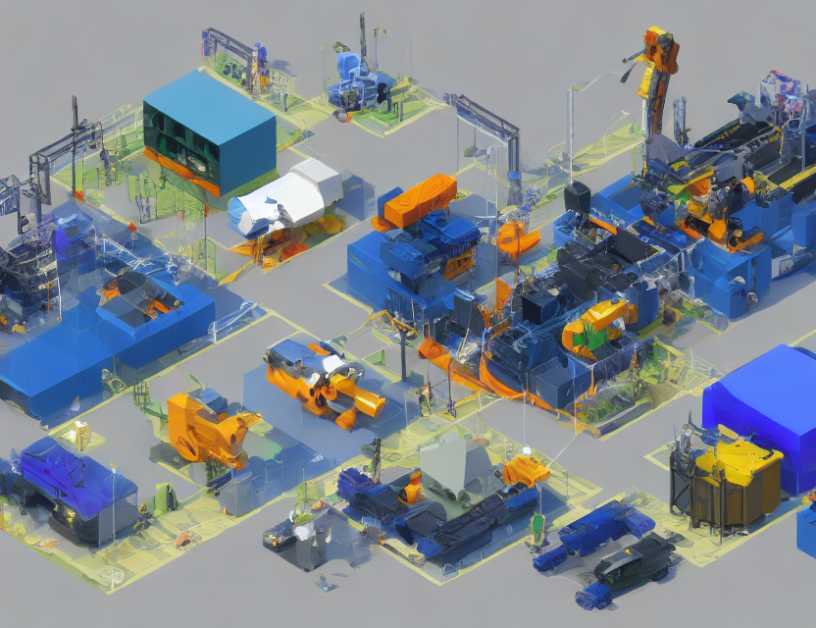Imagine having an intelligent assistant that can help you with various tasks, understand what you want without needing explicit instructions, and even teach you how to use new software features. This is the next frontier in artificial intelligence, where agents can operate computers on their own, much like humans do. In this article, we’ll explore the potential of these autonomous agents, especially in situations where users have visual or motor disabilities, or when they are engaged in learning new software features.
The Power of Autonomous Agents
Autonomous agents can be incredibly useful for people with visual or motor impairments, as they can assist them in completing tasks without any physical limitations. For instance, a visually impaired person could use an autonomous agent to help them navigate through a website or application, read texts aloud, or even provide real-time translations. Similarly, people with motor disabilities can use these agents to perform tasks such as typing, mouse navigation, and even driving.
But the potential of autonomous agents doesn’t stop there. They can also help users who are situationally impaired, such as when they are learning new software features or need in-context guidance. For example, an autonomous agent could provide step-by-step instructions while a user is trying to complete a task, helping them stay on track and avoid mistakes.
The Future of Artificial Intelligence
As autonomous agents become more advanced, they have the potential to revolutionize how we interact with computers. Imagine being able to simply tell an agent what you want to do, and it taking care of the rest for you. No more tedious clicking and typing, no more confusion over complex menus or features. With the help of autonomous agents, computing will become more intuitive and accessible than ever before.
But there’s more to it than just convenience. Autonomous agents have the potential to unlock new possibilities for collaboration and creativity. Imagine working with an agent that can assist you in creating art, writing a story, or even developing software. The agent could provide suggestions, make recommendations, and even take control of certain tasks, freeing up your time to focus on the creative process.
Conclusion
In conclusion, autonomous agents have the potential to transform how we interact with computers, making it easier, more intuitive, and more accessible for everyone. With their ability to assist users in various situations, from visual impairments to situationally impaired tasks, these agents are set to revolutionize the way we use technology. As the field continues to advance, we can expect to see even more innovative applications of autonomous agents, unlocking new possibilities for collaboration and creativity. So, get ready to meet your next digital sidekick – an autonomous agent that can help you get things done!



